Microgreens are tiny vegetable sprouts that are incredibly flavorful and nutrient-rich. These are saplings that are usually picked when the actual foliage shows. One inexpensive and very effective technique to cultivate nourishing meals involves growing microgreens.
Furthermore, since your microgreens will be grown within the home, you may, with minimal work, still produce them in the colder months. The following advice can be utilized when cultivating microgreens during the wintertime:
Grow Inside To Avoid Chilly Winds:
Winter breezes that are severe and freezing might hinder the development of plants. You may develop your microgreens inside to shield them against bitter winter breezes.
Microgreens don’t need an immense container to be grown at home throughout the colder months. To cultivate your microgreens, everything that is required is a little dish that is just over an inch shallow.
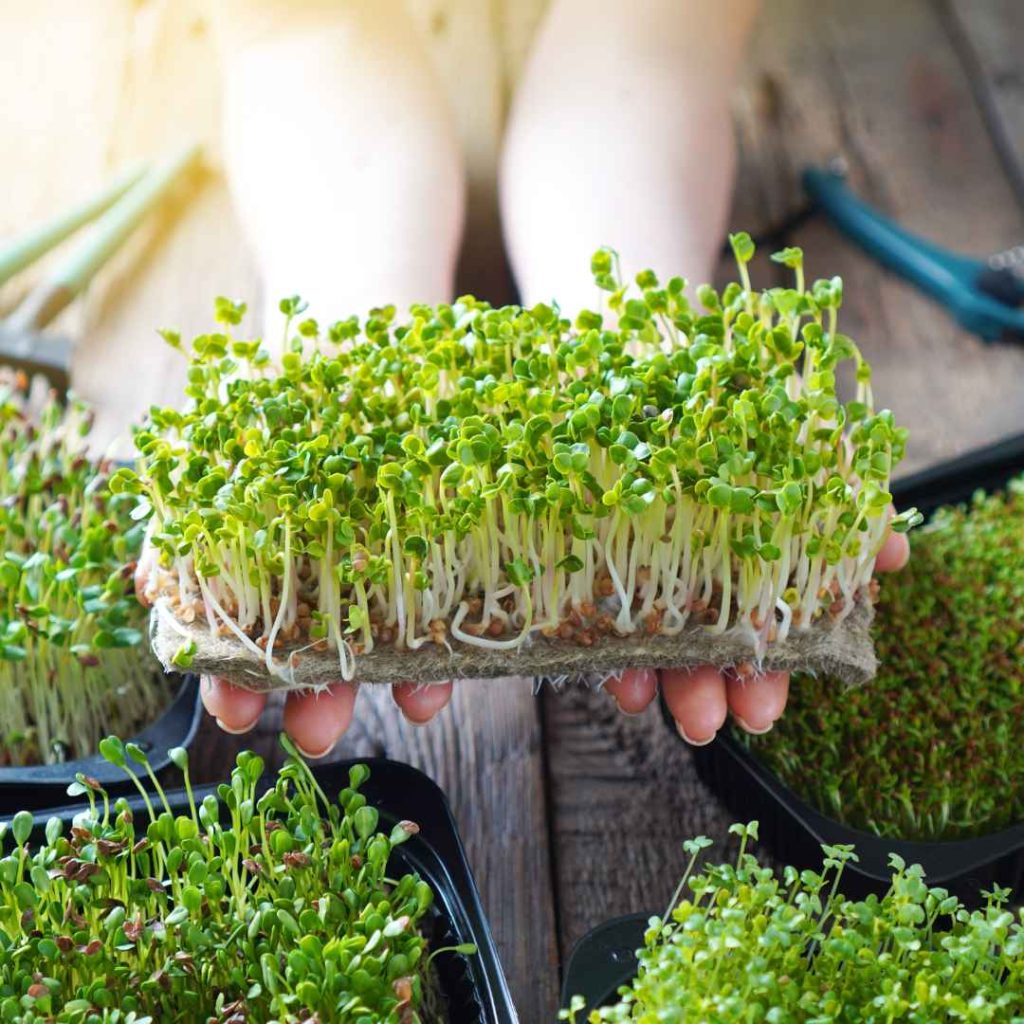
In order to maintain the outside surfaces secure and spill-proof, check that your planting dish contains a few draining openings so that fluids can escape. You should also store an extra one below your gardening dish.
To Facilitate Faster Sprouting, Soak Seeds:
The colder months can be a little difficult for the procedure of germination. Consequently, the sprouting process of the microgreen seedlings will be accelerated by submerging them nightly.
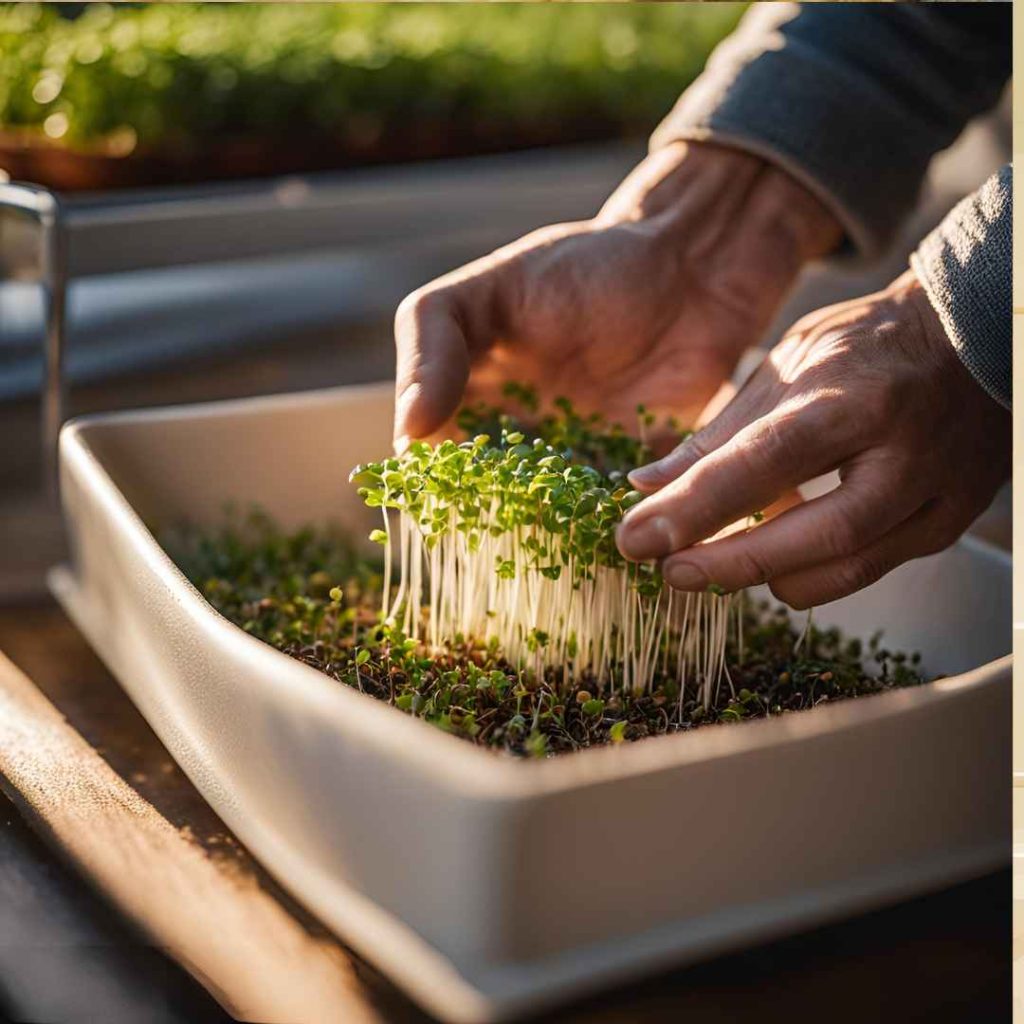
Although warm, soaked ground aids in the development procedure, seedlings do not need sunshine to sprout. You can place the dish on thermal pads till the seedlings start germinating in order to add extra warmth during the chilly months of the year.
Water the ground carefully on two or three occasions a day to continue keeping it damp.
If Daylight Levels Are Poor, Use Growing Lights:
Since it might be difficult to locate sunlight directly in the wintertime, you must relocate the dish to a windowpane so your microgreens are exposed to indirect lighting after the seedlings begin to propagate.
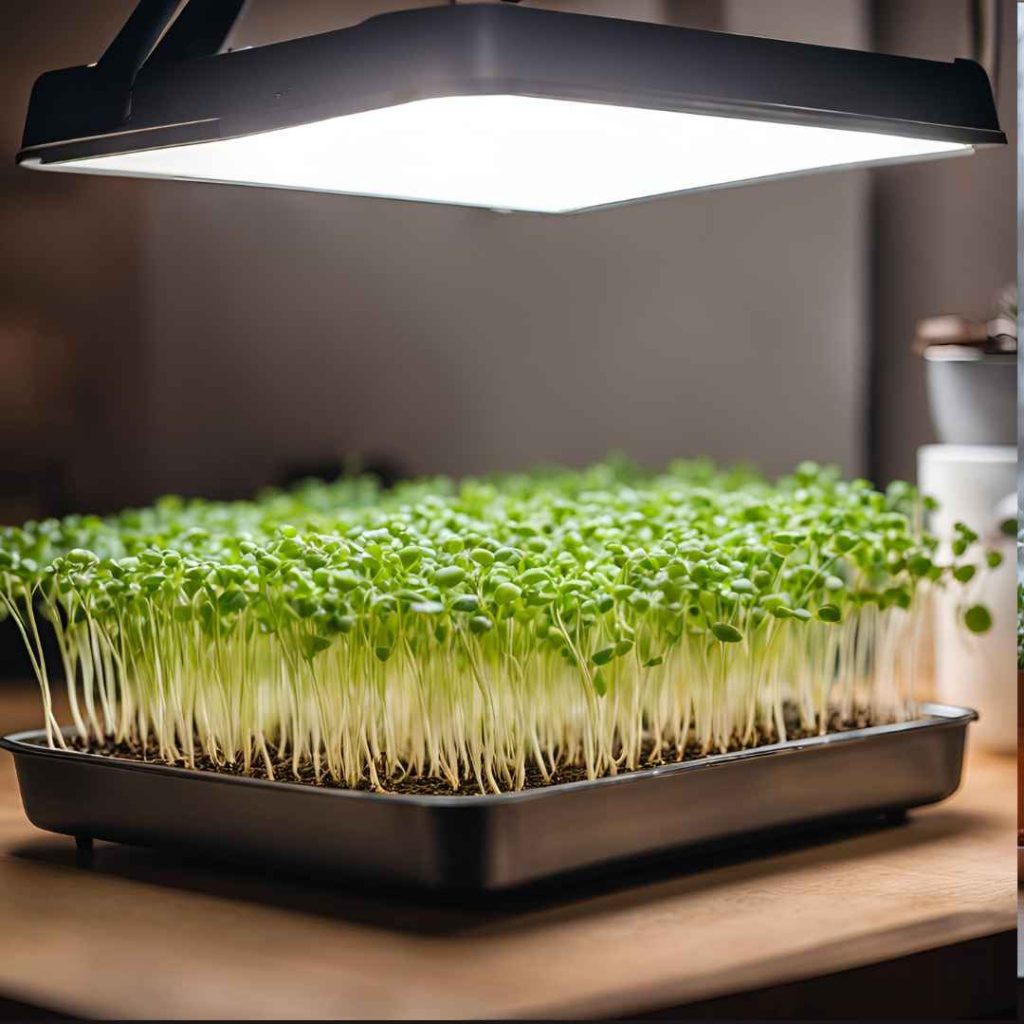
On the other hand, if sunshine is scarce where you live, you may utilize grow bulbs to help your microgreens. An electrical illumination that mimics daylight and emits an array of wavelengths specific to your vegetation’s requirements is called a growing lamp. Additionally, it can be useful when shadows obscure the rays of sunshine.
Stop The Growth Of Algae:
Your microgreens may become moldy in the colder months because of the absence of daylight. It occurs when there is insufficient ventilation or very damp soil for gardening. During wintertime, you are capable of covering your microgreens with fabric rather than polyethylene sheets to keep fungus from growing on them.
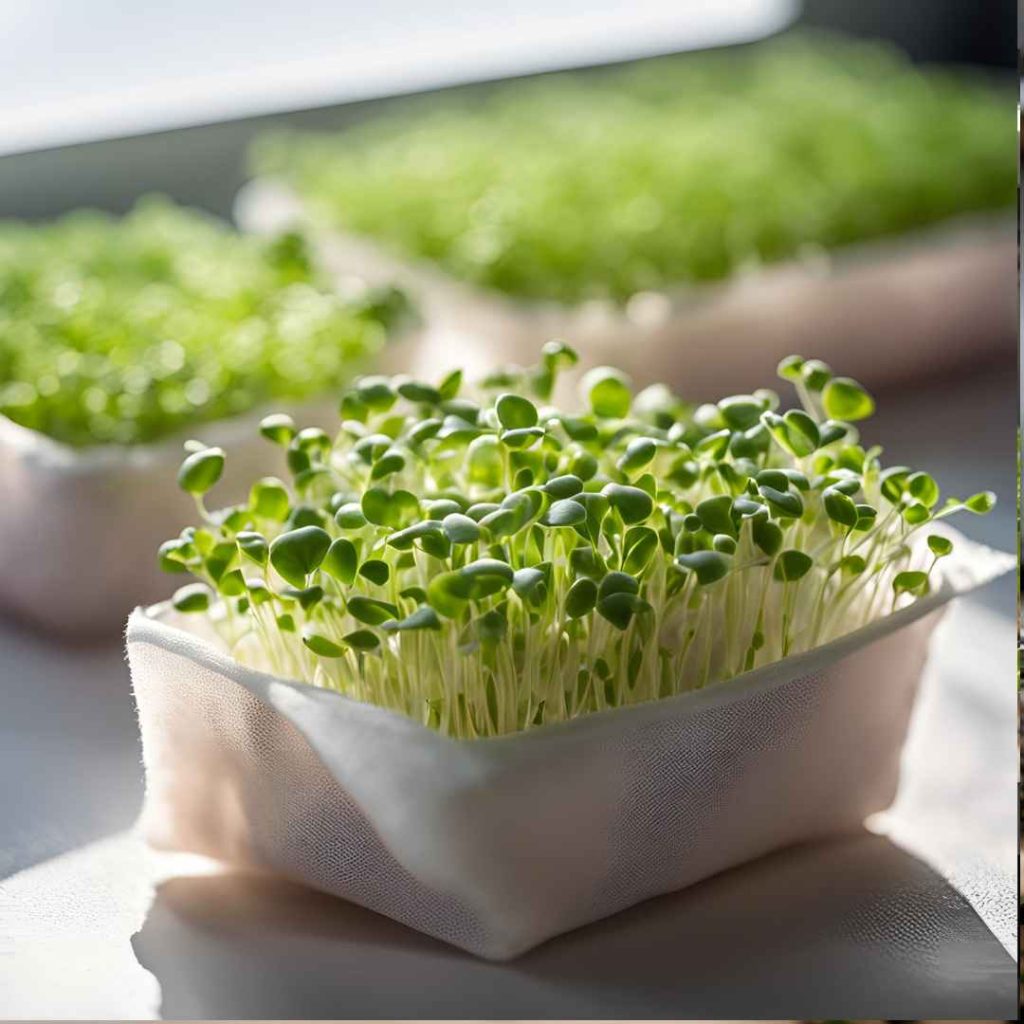
By doing this, you’ll promote airflow and keep your microgreens from molding. Finally, guarantee that the ground is moist rather than drenched.
In Two To Three Weeks, Harvesting:
When wintertime microgreens are grown inside, they are sufficient to be collected in two to three weeks. Right away as the real foliage shows, processing should begin. With a set of cutters, cut slightly higher than the ground.
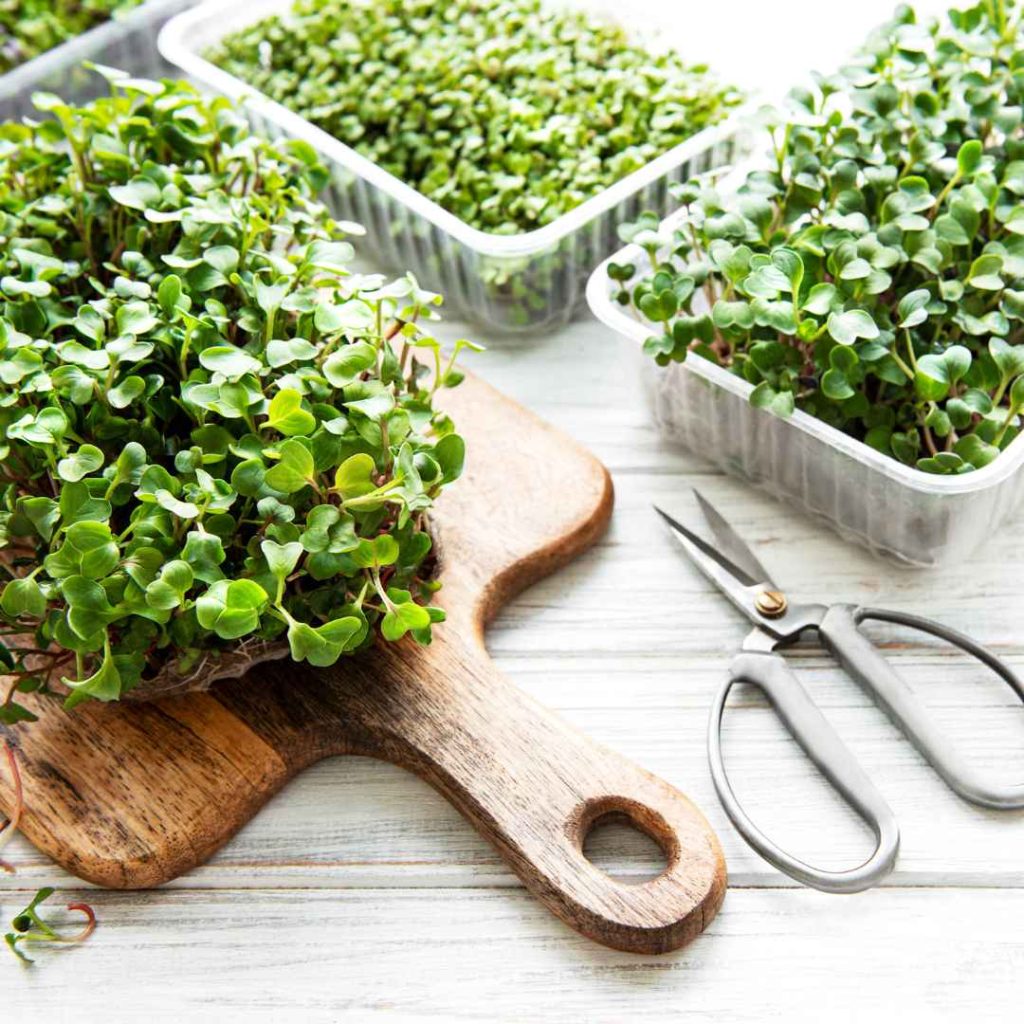
Your microgreens will keep for a few days to a week in a fridge. It’s most delicious and clean, though. You can repurpose the planting dish to start an entirely new micro-farm with new seedlings after you have harvested all the microgreens.
You’ll feel affection for growing microgreens indoors throughout the year once you realize just how effortless it is.
Important Thing To Keep In Mind:
Reduced Warmth,
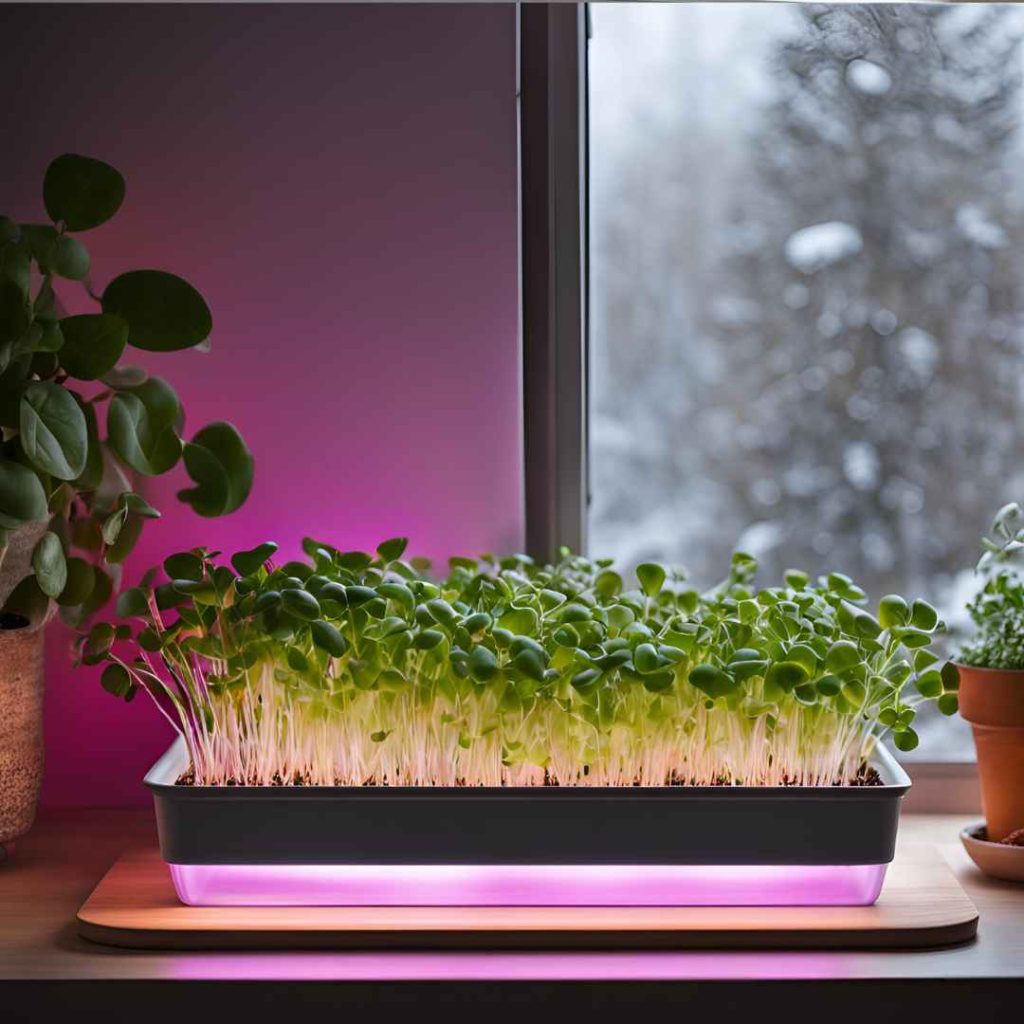
The two primary ecological conditions that will affect your microgreens’ development throughout the wintertime and fall months are decreasing sunlight and humidity, therefore you should pay particular attention to these variables in your personal producing zone.
Places In The Colder Months To Cultivate Microgreens:
The quick response is: someplace warmer! The majority of us produce microgreens inside throughout the year and if you’re cultivating inside in the colder months, you may want to consider leaving the furnace or heater running in any case.
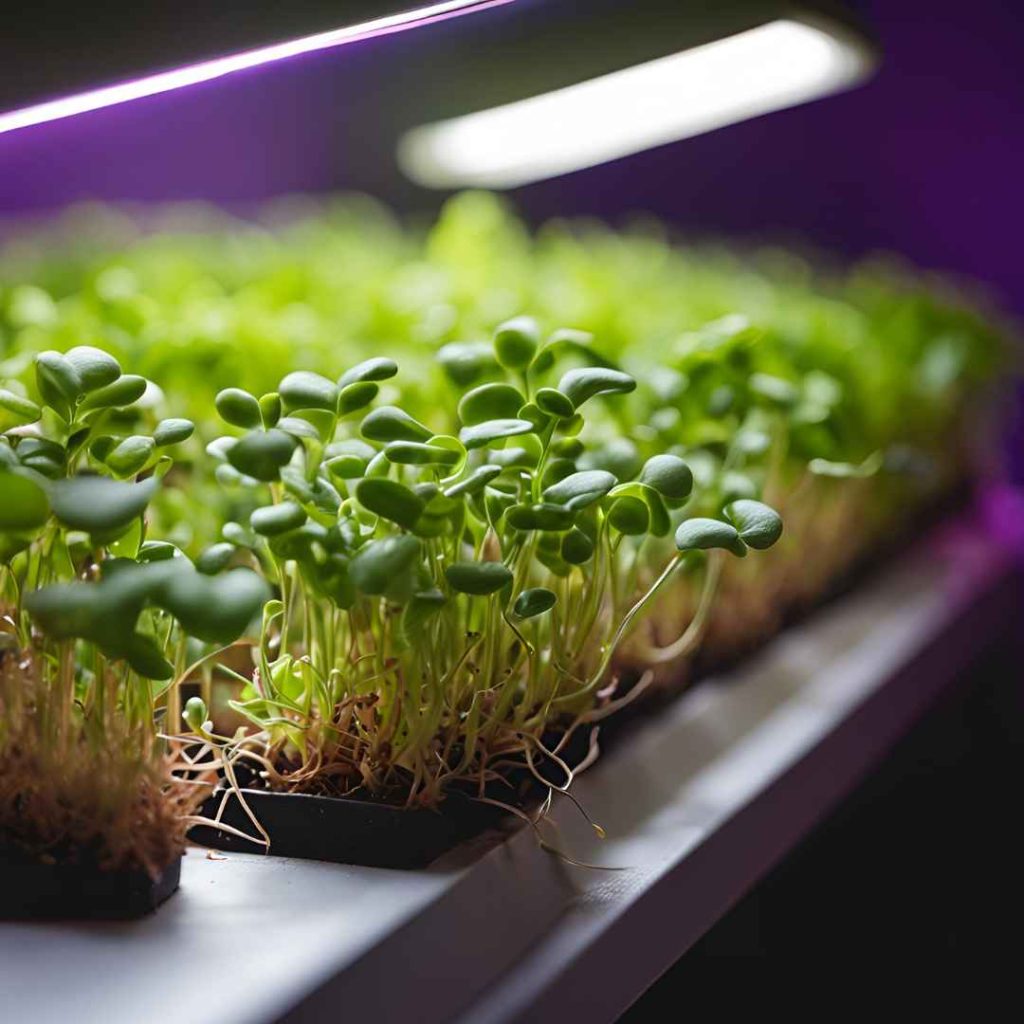
Some produce outdoors in additional structures, pergolas, or nurseries in the calmer springtime and summer months, which is fantastic and rather manageable. But only if you experience an effectively insulated, warmed outside patio.
Circumstances For Your Sprouts To Germinate In The Winter:
It’s crucial to create the ideal environment for your microgreens seedlings to sprout, especially during the colder months.
Insulating Materials: The Key To Conserving Power!
Insulate whatever you can! Keeping your space as sufficiently insulated as feasible is one of the best uses of the time and resources that you can put into your gardening in its early stages.

Any action you can take to prevent heat from leaking throughout the colder seasons will be both costly and worthwhile. Seal any holes and think about adding a further coating of insulating to the exterior of the house.
Amount Of Humidity:
You must regulate the level of moisture in your growing studio to some extent, just like you would at any other time of season. Raising a large number of plants in a small area within close proximity to one another will undoubtedly increase the room’s dampness.
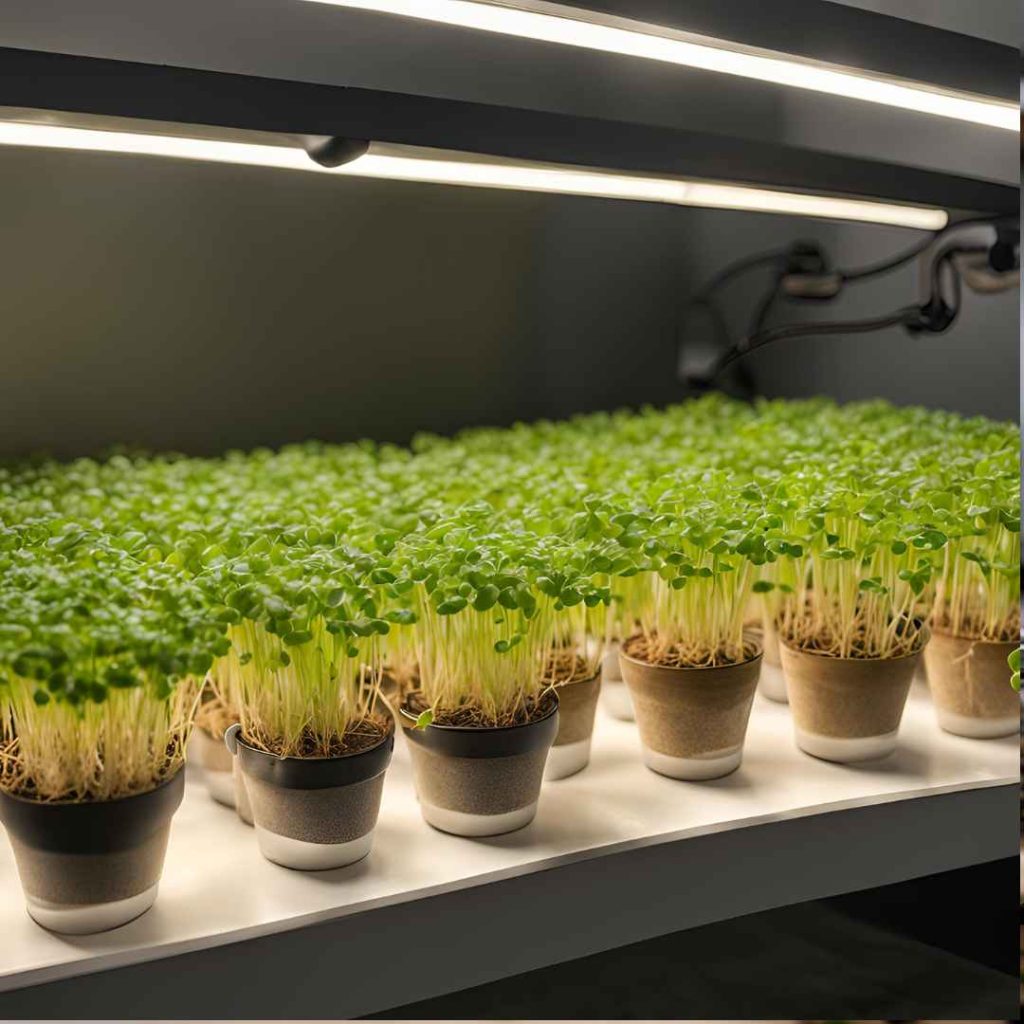
Your greens will accumulate droppings of water on their covering if the moisture level gets excessively elevated. These tiny particles may weigh them downward and ultimately lead their leaves to crumble if they are unable to get rid of them.
Controlling the moisture content in the environment is important since warm, humid weather can hasten the formation of mildew in your dishes. Additionally, frequent, very high amounts of moisture can harm the walls of the space and furniture.
Air Movement:
Once more, just like at any other time of period, use fans to preserve the air moving throughout your growth area. To maintain the air flowing throughout your space, a handful of spinning ground fans should be sufficient—perhaps instead of the last section every single growing rack.
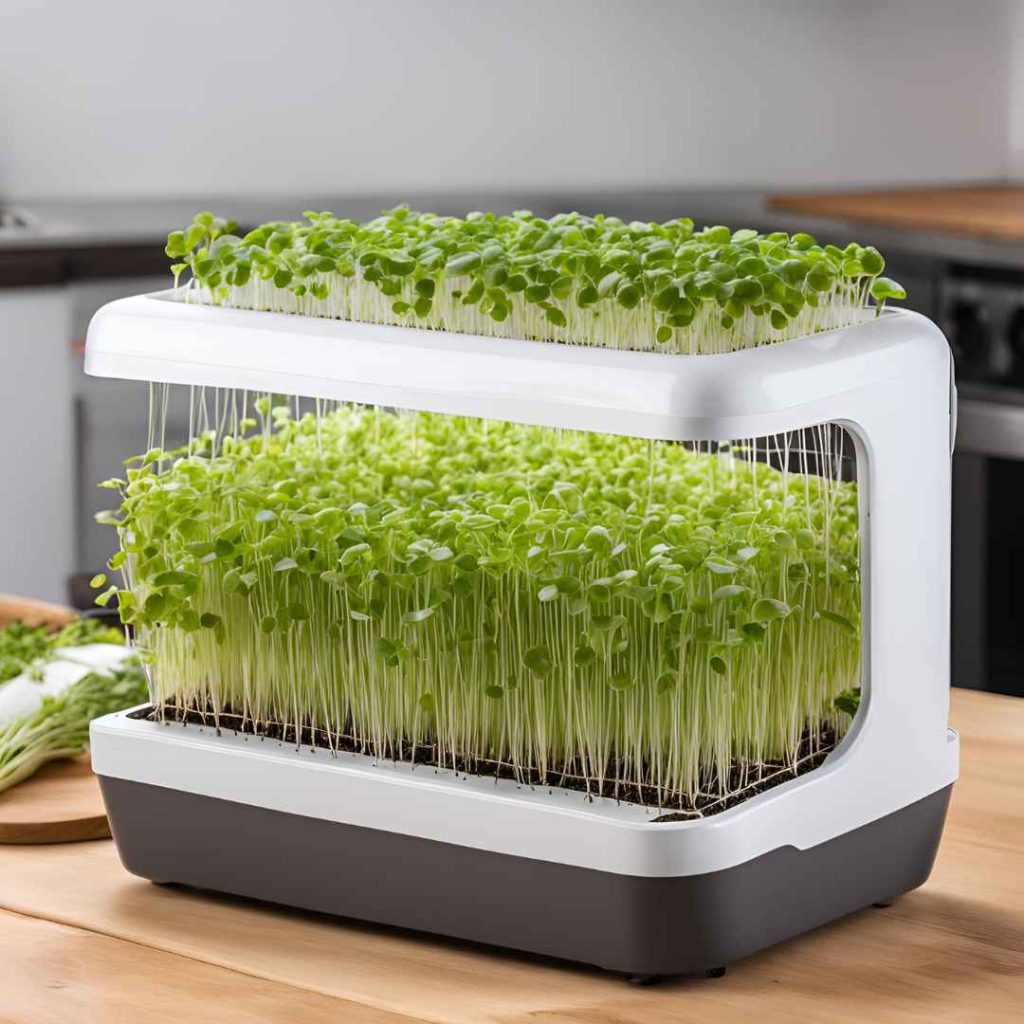
Especially during the germination period, fungal particles are more unlikely to accumulate and proliferate in the vessels if ventilation is flowing. Effective transpiration of vegetation is also aided by adequate ventilation.
